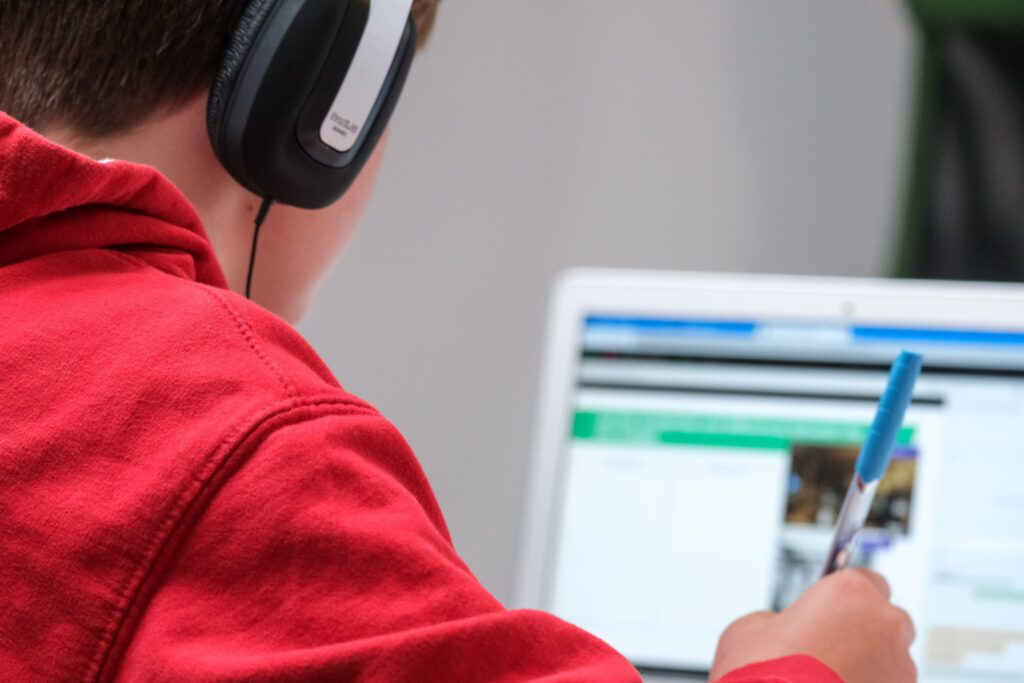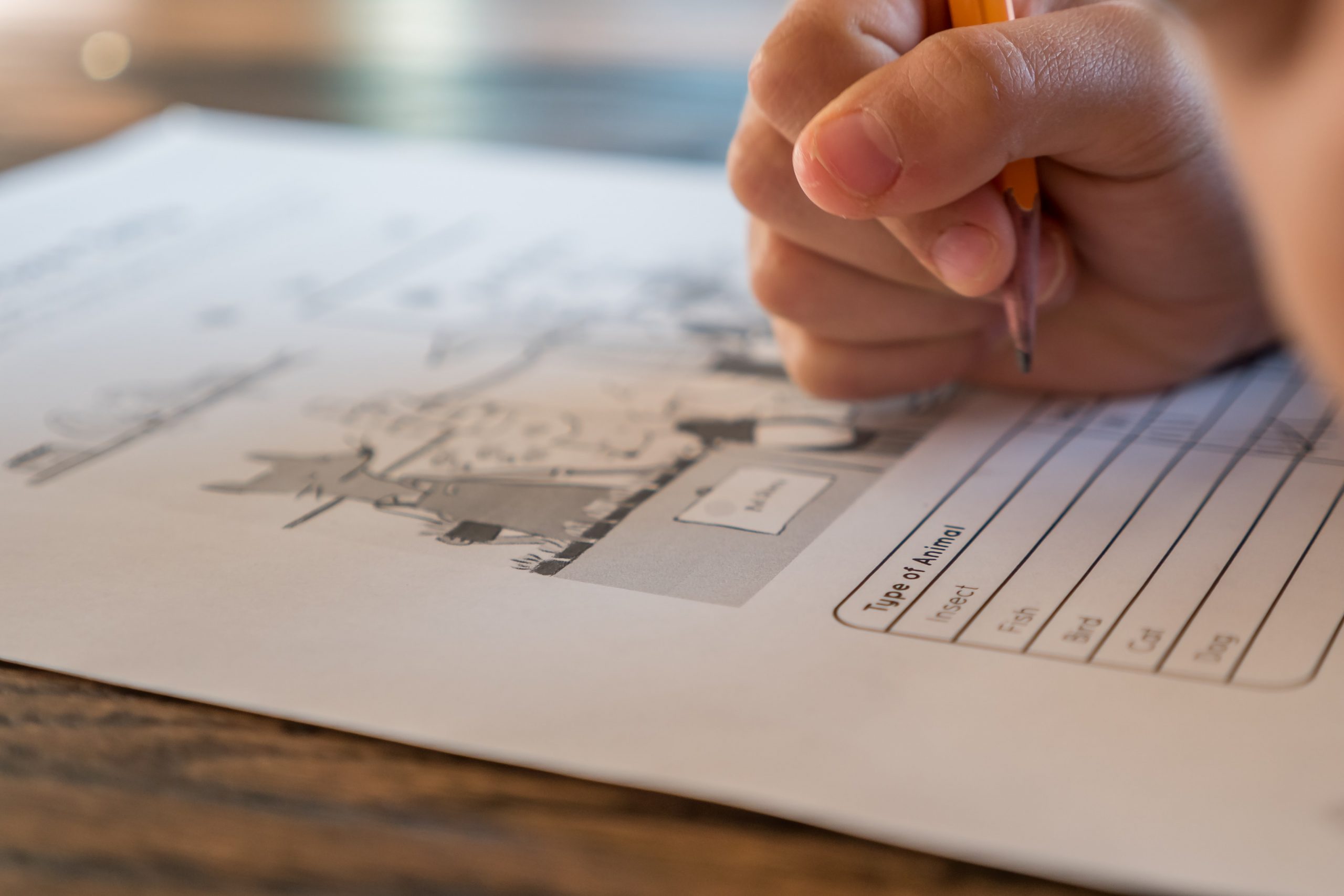When Homework is Stressful
Written by Dr. Connie Lawrence, Dean of Academics

Uninvited stress. Everyone understands this feeling, both young students and those of a wiser age. The way we approach academic stress is vital to our long-term learning and recall skills. Learn helpful tips to facing the challenge of academic stress with your student in this week’s article.
Because all learning passes through the sensory system first and then proceeds to the limbic (emotion) system, all learning is wrapped within emotion. However, negative emotions like grumbling, crying, rage and fear naturally inhibit learning.
Stress: Friend or Enemy?
Emotionally stimulating events during initial learning have been shown to produce a boost in memory formation that improves learning and retention. Appropriate academic stress can be seen in the classroom through cognitive novelty, challenge, and problem-solving. But the same stress-induced neurotransmitters that enhance initial learning can impair memory storage and recall through time. Consequently, a student may be engaged and successful in learning new math concepts in class but have inconsistent recall of the concept later.

Perception is key.
The value of stress is influenced by student perception.
Positive perception: Students who instinctively feel that appropriate stress helps them perform better, indicate a productive self-efficacy (“Stress is normal and helps me learn new materials”) and a growth mindset (“I may not know how yet, but I am learning), resulting in persistence and resiliency.
Negative perception: Students who feel that all stress is to be avoided, may struggle with less flexible thinking and more habitual behaviors (i.e., “there is only one way to do this, and it isn’t working”), resulting in low self-efficacy, negative self-talk, and lack of resilience.
In fact, they are stating exactly what is happening – when the limbic (emotion) system gets filled with stress hormones, attempted learning and recall are blocked, but that block can be removed through strategies that build positive perceptions.
- Together, change terms from “homework” to something that better reflects learning (e.g., practicing, strengthening, expanding what they recently learned).
- Give spaces to move learning from working memory to long-term memory (i.e. 20m – 5m – 20m model of learn-break-learn. Younger students or those with ADHD may need 10m-5m-10m).
- Match their learning environment and expectations to your child’s learning style (understand learning style discussed in our October series).
- For negative self-talk or outbursts, talk about the cause and problem-solve; change the language they use.
- Set a realistic goal for each area of homework (e.g., no complaining, completion time, etc.)
- Celebrate each completion of a goal!
Actions to help mitigate negative emotions during memory consolidation:
- Focus on the process of study, rather than the product; the product will improve itself.
- Provide help that starts with “Can you remind me how to do it?” to help them access their memory.
- You get to see any missing pieces of learning. Don’t accept, “I don’t know.”
- For those who prolong homework with complaining, set time limits (i.e., Office Hours) for when you are available to help.
- Be as positive as possible!
- Use this novelty at the start of the year to reconceptualize and initiate new practices.
- Realize that these are “learned behaviors” that have developed over time, remember that all learning is wrapped within emotion.
Appropriate stress-free learning is possible! It just takes time, consistency, and patience.


